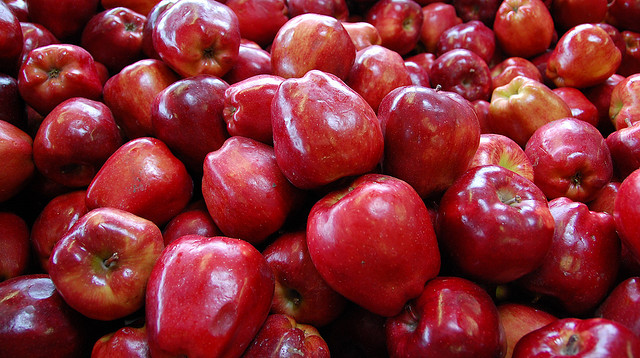Eating Healthy on a Food Stamp Budget

If you use food stamps to feed your family, you might find it difficult to provide the healthy foods your family needs while staying within your budget. Thankfully, this doesn’t need to be the case. Eating healthy with limited funds is possible and easy.
The U.S. Department of Agriculture recently announced that it will allot $31.5 million in grants to help those enrolled in the Supplemental Nutrition Assistance Program (SNAP), which enables families to visit farmers’ markets and other produce vendors to purchase fresh fruit and vegetables at a discounted price. Wherever you are, a local SNAP office is nearby. You can contact them to get an application and see if you qualify for benefits.
One resource for budget-friendly meal ideas is Good and Cheap, a free online cookbook that’s filled with secrets for preparing healthy meals for only $4 per day. Author Leanne Brown says that the key is being flexible. You can modify recipes so that you use fresh, seasonal vegetables that are readily available and reasonably priced.
But, not everyone has the time or energy to cook, so what are some other ways to feed your family a nutritious diet without overextending your budget? Here are some tips:
Plan ahead before shopping
If you head to the supermarket with a shopping list, you’re less likely to make impulse buys. Whether your list is on paper or a free mobile app, it’s helpful to keep tabs on items that need replenishing before they run out. The FDA has a printable grocery list template so you can plan your fruit, grain, dairy, vegetable, protein, and other needs.
Before shopping, check your freezer, refrigerator, and pantry. Plan your week’s meals based on what you already have, and don’t purchase items that you don’t need. ChooseMyPlate.gov provides suggestions for saving money at the supermarket:
- Check the sales flyer before heading to the store. That way, you can seek out specific brands or products that are on sale that week.
- Some stores stock the most expensive goods at eye-level. Be sure to look at the tops and bottoms of the shelves to see if comparable products that are less expensive are available.
- Seek out store brands. Many store brands are as good as name brands, and they are usually less expensive.
- To make your dairy, meat, and produce last longer, reach to the back of the shelves. Many stores stock from back to front, which means that the newer items are behind the older items. Check expiration dates on all perishables, and try to get items that are as fresh as possible.
- If your supermarket of choice has a loyalty program, sign up. You might get coupons or special offers that you wouldn’t otherwise. Also, check for coupons in your local newspaper supplement or online.
Shop smart
Fruit and vegetables. When buying fresh produce, look for what is in season. Those items will be less expensive (and most delicious). Only purchase as much as you think your household can eat to minimize waste.
Frozen veggies without added sauces or butter are just as nutritious as fresh, and they often cost less. As well, canned fruit that is in 100 percent fruit juice (not syrup) is a good alternative to fresh. These products will last much longer than fresh produce, and they’re a good way to consistently add fruits and vegetables to your meals.
Grains. When shopping for bread, pasta, or cereal, check the ingredients to see if whole grain is listed first. Possible options include whole wheat, brown rice, bulgur, oatmeal, whole-grain cornmeal, or similar items. Rice and whole-wheat pasta are cost-effective ways to include grains in your diet. A healthy snack option is whole-wheat crackers or stove-popped popcorn.
Protein. Protein includes meat, chicken, and seafood, as well as beans, nuts, and eggs. Kidney beans, split peas, and lentils are great sources of protein and they are less expensive than meat.
When purchasing meat, try buying value or bulk pack and freeze it in portions so that you can defrost it as needed. Lean meats like chicken and turkey make for a healthy main course your whole family will enjoy. Canned tuna, salmon, and sardines are also good, low-cost protein sources that can be easily stored.
Dairy. When purchasing dairy products like yogurt, select the larger sizes rather than individual flavored yogurts. You can mix in fresh or frozen fruit to add flavor. Always look at the sell-by date to make sure that your products are fresh.
You have plenty of options for eating well, regardless of budget. All it takes is a little planning and preparation. For additional healthy recipe ideas, check out the CDPHP Weight Management page.
 The Daily Dose
The Daily Dose
Comments are closed.